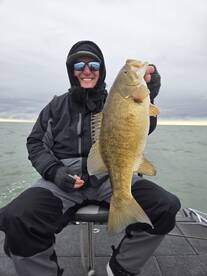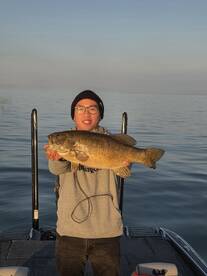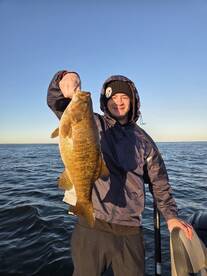Smallmouth Flooding into Presque Isle
April 09, 2025
Erie
6 photos
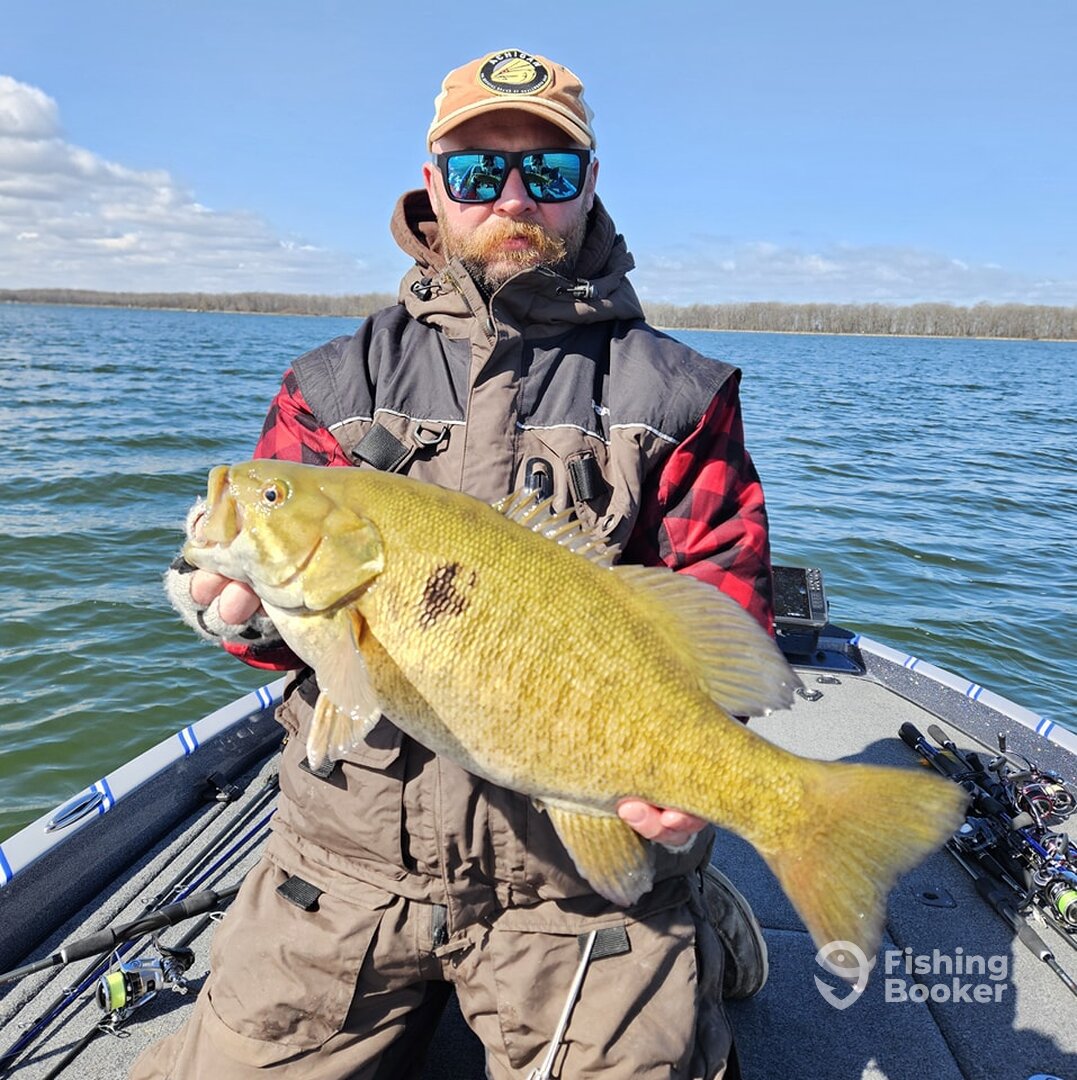
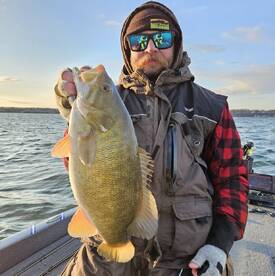
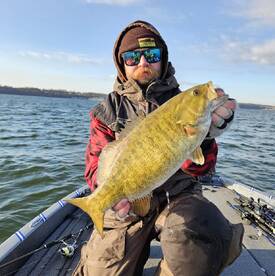 +3
+3
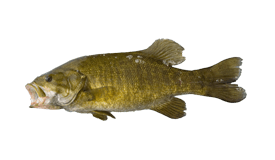
Bass (Smallmouth)
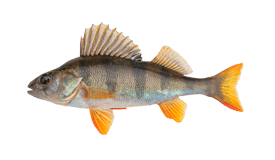
Perch (Yellow)
Trip Summary
Trip Summary
As consistent as the sun rising and setting each day, each spring, big Lake Erie smallmouth make their pilgrimage to their temporary home in Presque Isle Bay in Erie, Pennsylvania. The timing largely depends on the severity of the winter. If the winter is mild and the water begins warming sometime in February, smallmouth usually arrive in the Bay in good numbers by March. However, if it’s a harsh winter with heavy ice coverage that lingers, it can be early April before we see a strong push of smallmouth into Presque Isle Bay. This year fell into the latter category.
Over the past week, though, smallmouth bass from the main body of Lake Erie have started to funnel in to feed up and prepare for their spawning rituals, which will take place over the next couple of months. April is generally the most consistent month for fishing; when you find them, they usually have quite a few friends with them. During this prespawn period, smallmouth bass group up around structures like hard-bottom areas and flats near drop-offs.
It’s a great time of year not only to catch good numbers of fish, but also to have a real shot at landing a trophy bass. The big females are carrying extra weight with their eggs and, just like in the fall during the pre-winter feed, this is when they weigh their heaviest. In Presque Isle Bay, a six-pounder is a big fish, but there’s definitely potential for seven-pound-class bass and even larger. The fishery is loaded with three- to four-pound fish, with plenty of five-pounders mixed in as well. It’s truly a world-class smallmouth fishery—and often one of the first places in the Northeast to warm up and become fishable, thanks to its shallowness and relatively southern location. It also offers some wind protection from spring’s volatile weather patterns, but like any cold or big water, always use caution and check resources like NOAA before heading out.
We just wrapped up a trip with one of our favorite clients, JD from Ohio. The action started fast—we quickly boated ten fish up to five pounds and kept at it until we tallied sixty bass for the day. The air temps were cold with some scattered flurries early on, but the winds were light, and the sun eventually broke through, making for excellent fishing conditions.
Some of the most effective presentations during this time include swimbaits, jerkbaits, blade baits, spoons, tubes, and a variety of other plastics and hard baits as the water warms. If you're looking to get in on some of the most exciting early-season smallmouth fishing around, come join us at Big Fat Bass Guide Service! We still have availability on April 18th (1:30 p.m. to dark), April 23rd, April 30th, and select weekdays in May. Come experience what Lake Erie and Presque Isle Bay have to offer—book your trip with us today!
Tight lines,
– Captain Destin DeMarion


